Cancer is a looming personal catastrophe for every firefighter, their family and their department—and for good reason. Most of you probably know a responder who has been impacted by this terrible disease (or you may have even be impacted by it yourself). It’s gaining nationwide recognition as one of the most dangerous threats to the health and safety of our first responders.
The alarming risks
The Firefighter Cancer Support Network (FCSN) is an organization that aims to assist firefighters, EMS providers and their families after a cancer diagnosis and provides cancer prevention and awareness resources for responders and their departments.
According to the FCSN:
- Cancer caused 70% of the line-of-duty deaths for career firefighters in 2016.
- Firefighters have a 9% higher risk of being diagnosed with cancer than the general U.S. population.
- Firefighters have a 14% higher risk of dying from cancer than the general U.S. population.
While the risks are undeniably scary, there are policies and procedures you can implement today to help address cancer within your fire department. One of the resources that FCSN provides is their widely hailed 2013 white paper, “Taking Action Against Cancer in the Fire Service,” which shares specific actions that firefighters can take to help address occupational cancer risks. We’re outlining those actions below in items 1-12, plus adding one of our own.
13 Immediate actions that you can take to help protect yourself, your family and your fellow firefighters against cancer risks:
- Use of SCBA from initial attack to finish of overhaul. Not wearing SCBA in both active and post-fire environments is the most dangerous voluntary activity in the fire service today.
- Perform gross field decontamination of PPE to help remove as much soot and particulates as possible.
- Use baby wipes or similar cleansing wipes to help remove as much soot as possible from head, neck, jaw, throat, underarms and hands immediately, and while on the scene.
- Change your clothes and wash them immediately after a fire.
- Shower thoroughly after a fire.
- Wash your PPE, gloves, hood and helmet immediately after a fire.
- Do not take contaminated clothes or PPE home or store them in your vehicle.
- Decontaminate the interior of fire apparatus after incidents.
- Keep bunker gear out of living and sleeping quarters.
- Stop using tobacco products.
- Protect yourself while working in the sun by using sun screen, sunblock and hats.
- The importance of annual medical examinations cannot be overstated–early detection and early treatment are essential to help increase survival.
- Avoid diesel exhaust. The exhaust fumes are dangerous. Do not breathe the fumes and avoid getting on or into your clothes. Treat clothing as contaminated if exposed and also wash your body.
Emergency service organization leaders and their members each play an important role helping reduce the chance of cancer diagnosis among their personnel—and you can make a meaningful difference by making changes in your organization today!
DISCLAIMER
The information contained in this blog post is intended for educational purposes only and is not intended to replace expert advice in connection with the topics presented. Glatfelter specifically disclaims any liability for any act or omission by any person or entity in connection with the preparation, use or implementation of plans, principles, concepts or information contained in this publication.
Glatfelter does not make any representation or warranty, expressed or implied, with respect to the results obtained by the use, adherence or implementation of the material contained in this publication. The implementation of the plans, principles, concepts or materials contained in this publication is not a guarantee that you will achieve a certain desired result. It is strongly recommended that you consult with a professional advisor, architect or other expert prior to the implementation of plans, principles, concepts or materials contained in this publication.
This blog post may contain the content of third parties and links to third party websites. Third party content and websites are owned and operated by an independent party over which Glatfelter has no control. Glatfelter makes no representation, warranty, or guarantee as to the accuracy, completeness, timeliness or reliability of any third party content. References to third party services, processes, products, or other information does not constitute or imply any endorsement, sponsorship or recommendation by Glatfelter, unless expressly stated otherwise.
Related posts
We asked 10 members of our VFIS Team to name one auto-related risk that they believe is underdiscussed in fire and EMS agencies. Here’s what they said.
Most volunteer fire departments rely heavily on POVs, but there are inherent risks you should know.
Establish a Emergency Vehicle Operations Program that includes driver/operator requirements to help ensure your vehicles are in the right hands.


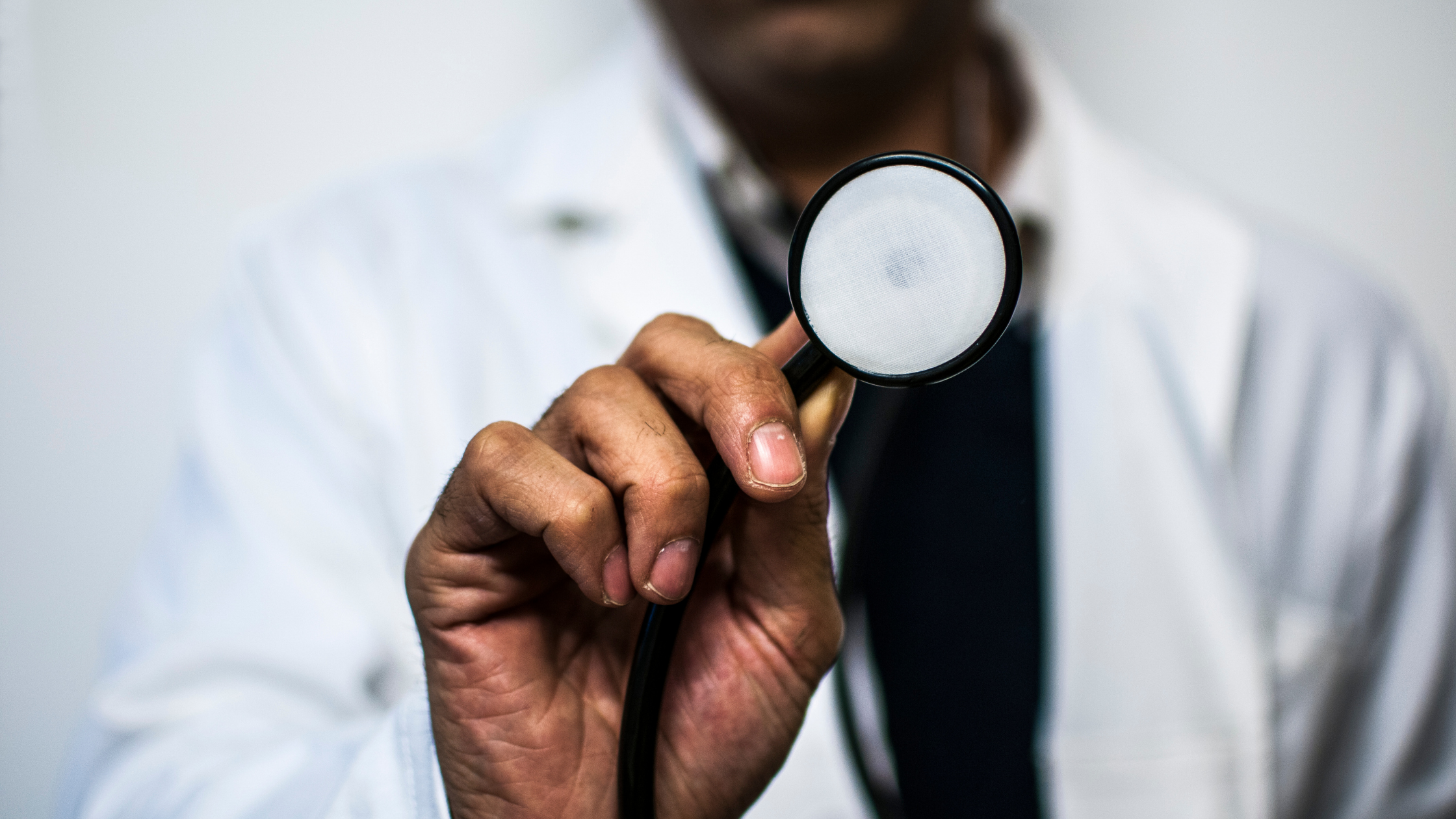
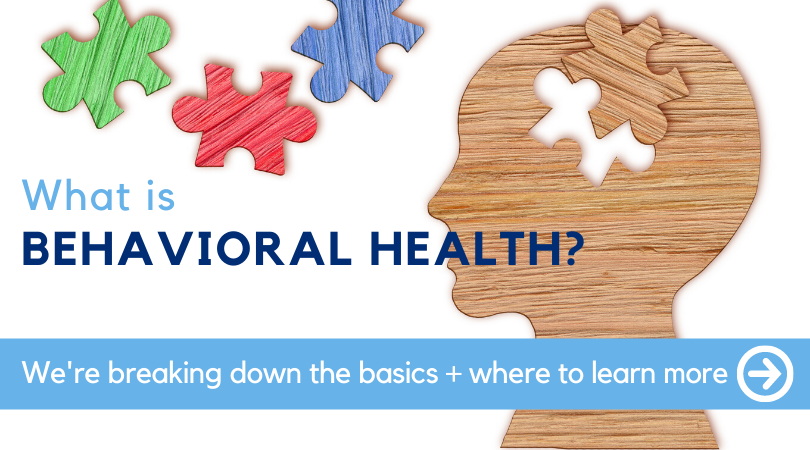
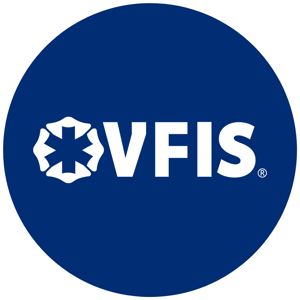
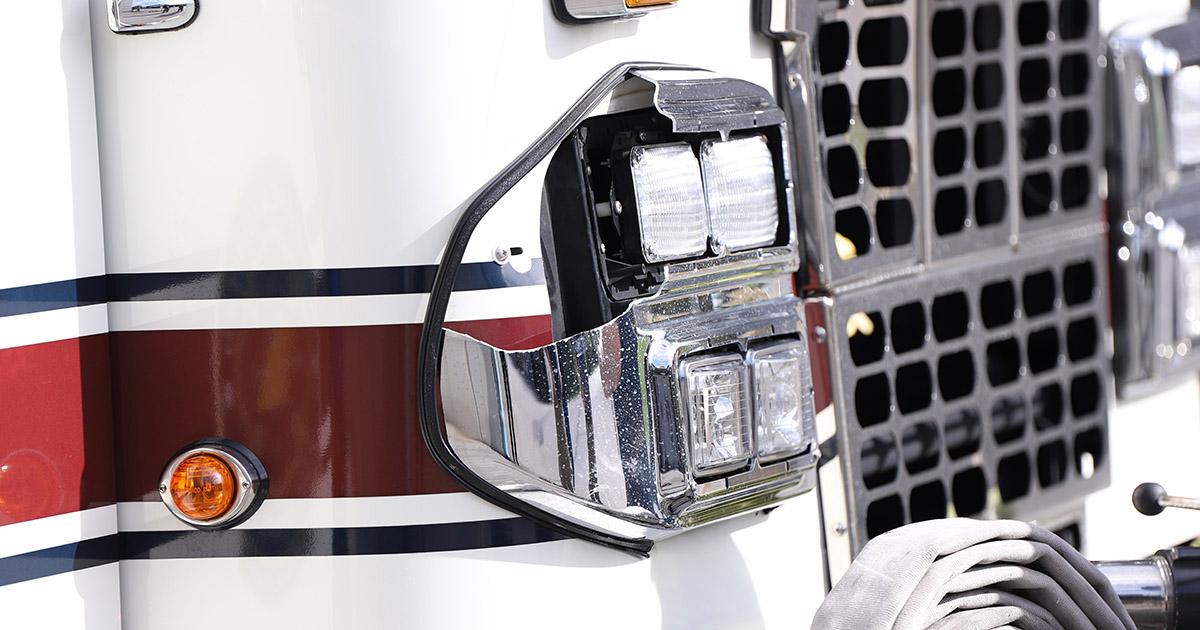

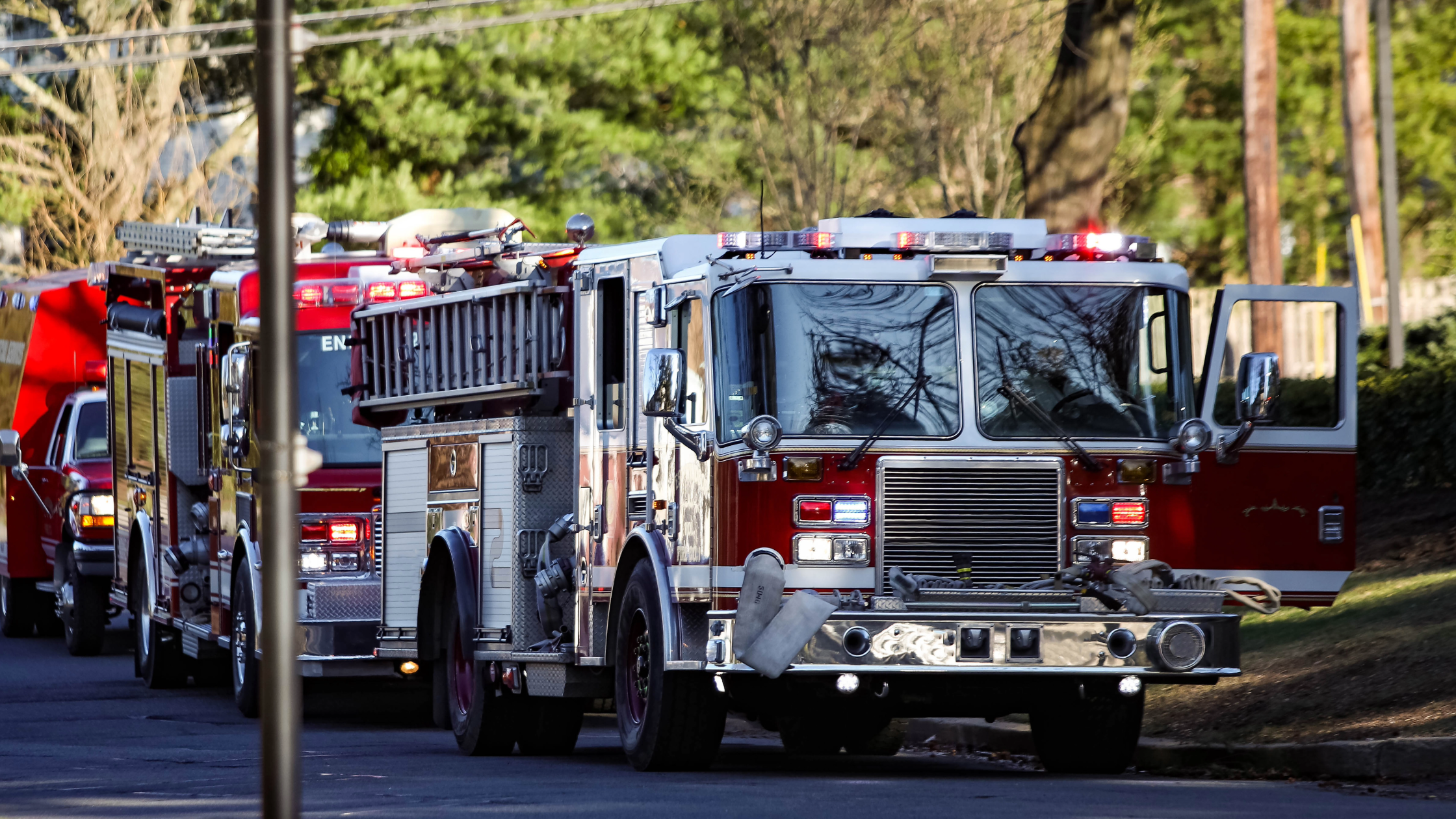

Submit a Comment